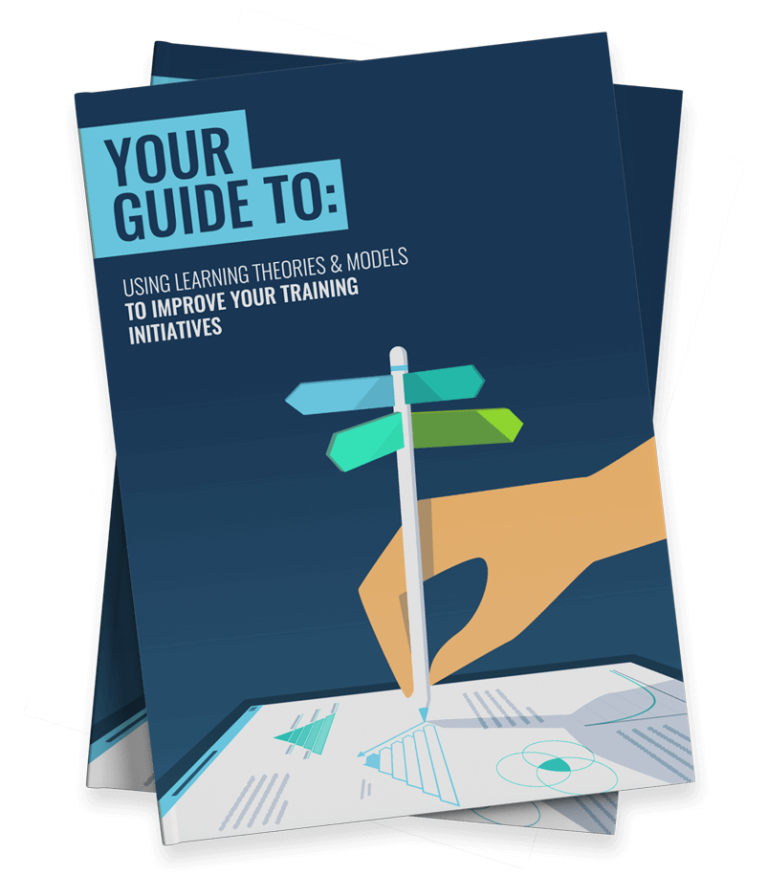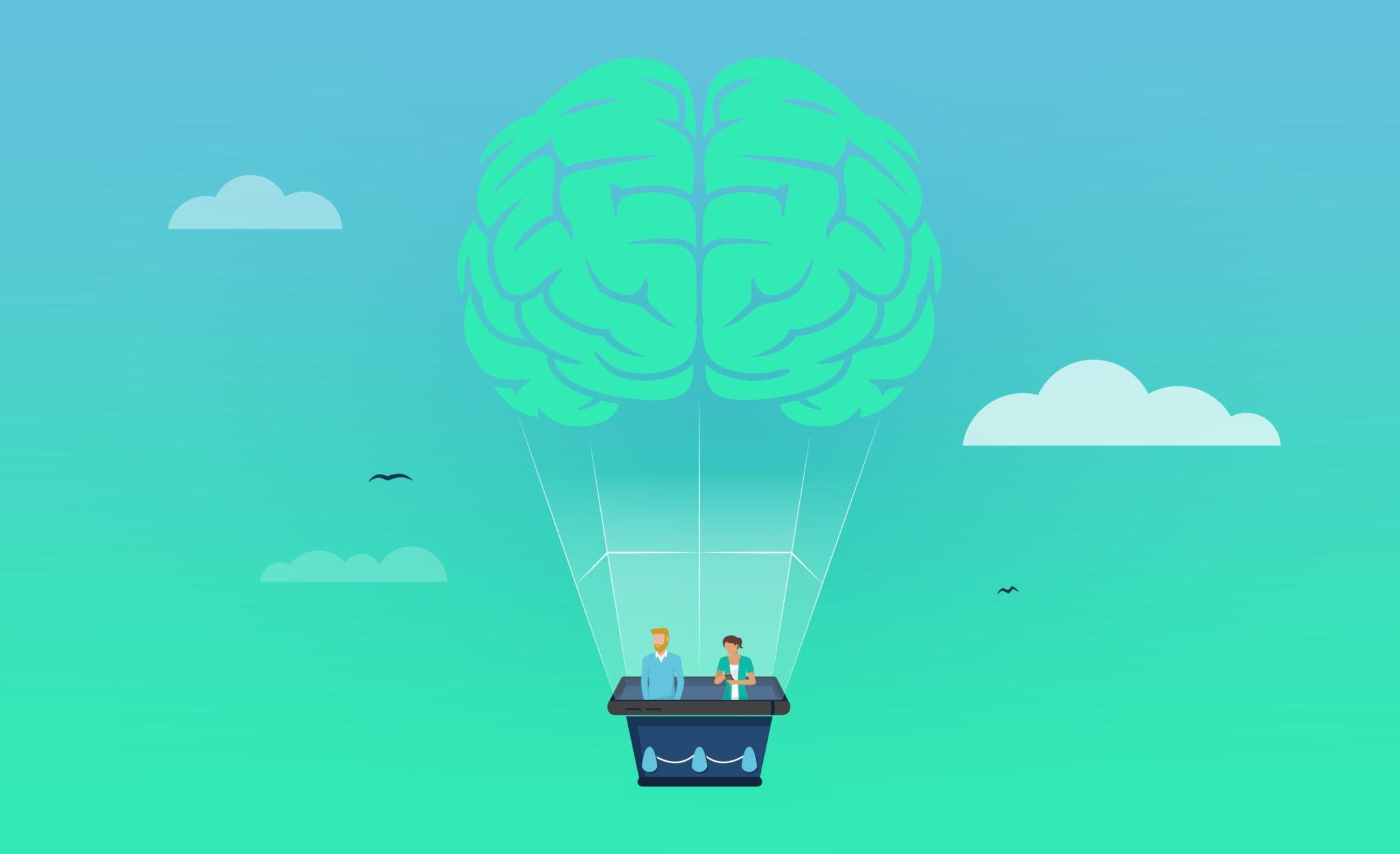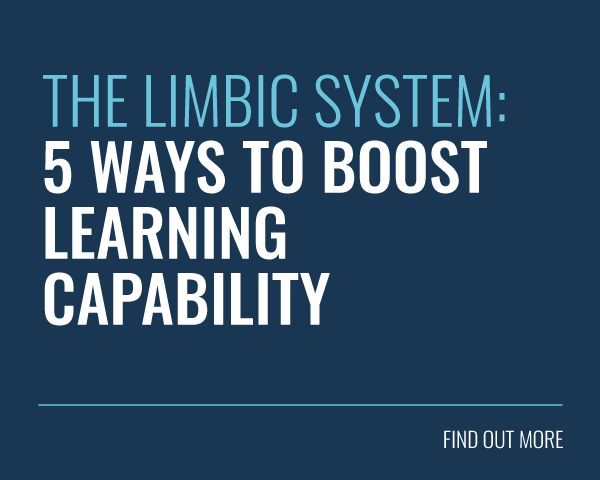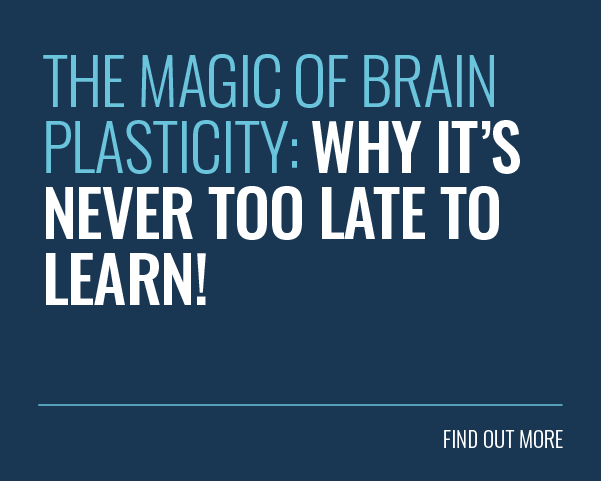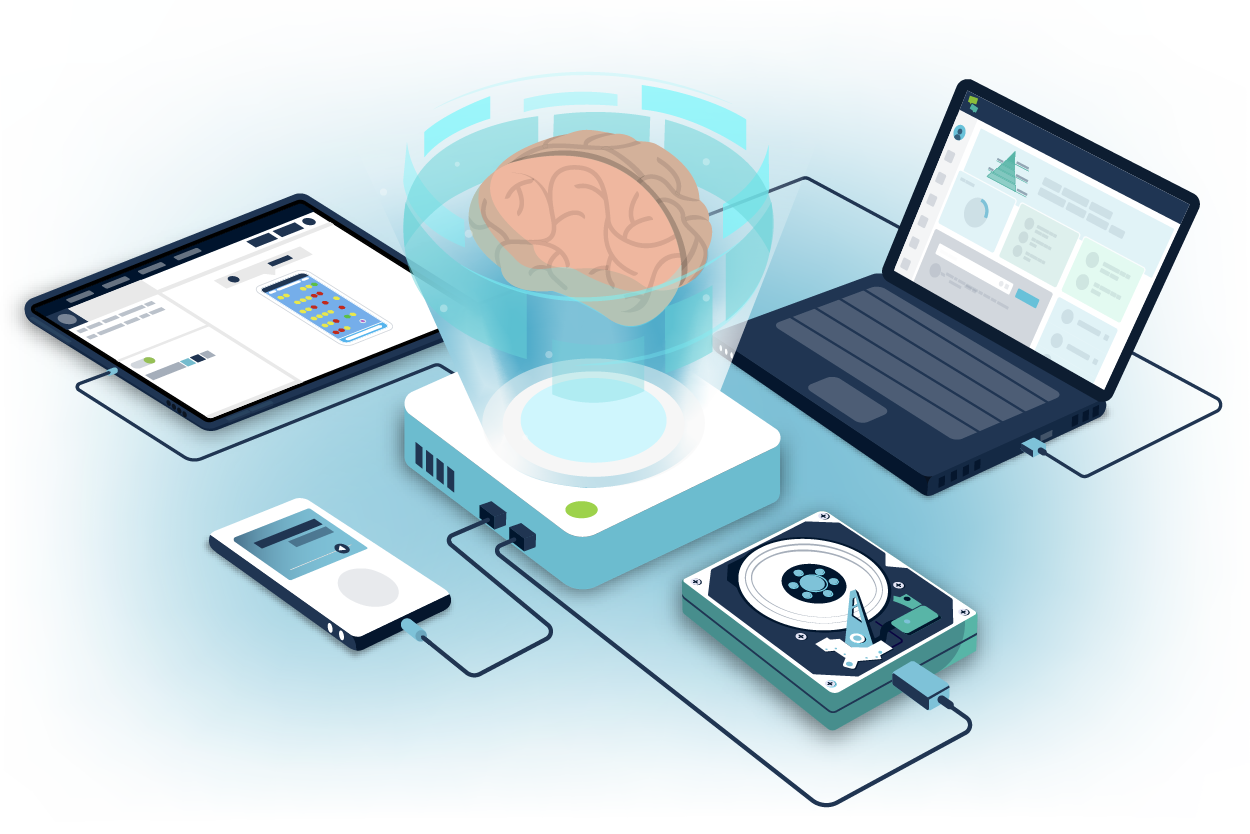
We’ve always been taught that struggle and effort are the only pathways to success. But what if there’s another way when it comes to learning? What if cognitive offloading and making learning easier is the key to unlocking better knowledge retention?
This powerful strategy should inform every aspect of our instructional approach. After all, by gaining insight into our cognitive limitations, we can design better solutions. As the educational psychologist John Sweller puts it, ‘Without an understanding of human cognitive architecture, instruction is blind.’
By externalising our mental workload, we can free up our brains to do the deep, meaningful work that actually builds lasting knowledge. This article will show you how this process works and provide practical tips to get you started.
But first, let’s explore why we’ve been taught to overvalue struggle.
The Myth of Hardship
We’ve all heard it. Scrawled on inspirational posters, chanted in gyms, and parroted by life coaches. It’s baked into the very core of how we think about improvement:
“No pain, no gain.”
This mantra suggests that struggle isn’t just part of the process — it’s a requirement for success. If it doesn’t hurt, you’re not trying hard enough. Unfortunately, this philosophy has sneakily infiltrated learning and development, too.
All too often, we operate under the assumption that if a learning module is complex, challenging to navigate, and mentally taxing, it must be really effective. Perspiration leads to inspiration, right? Right?!
This approach is like a perversion of Carol Dweck’s growth mindset. While Dweck’s research highlights the importance of tackling challenges, she never suggested that learners should engage in unproductive struggle. Our true aim is efficient progress, not to punish our learners.
Well, we’re here to let you off the hook. The whole ‘no pain, no gain’ thing is a myth.
Your Brain’s RAM
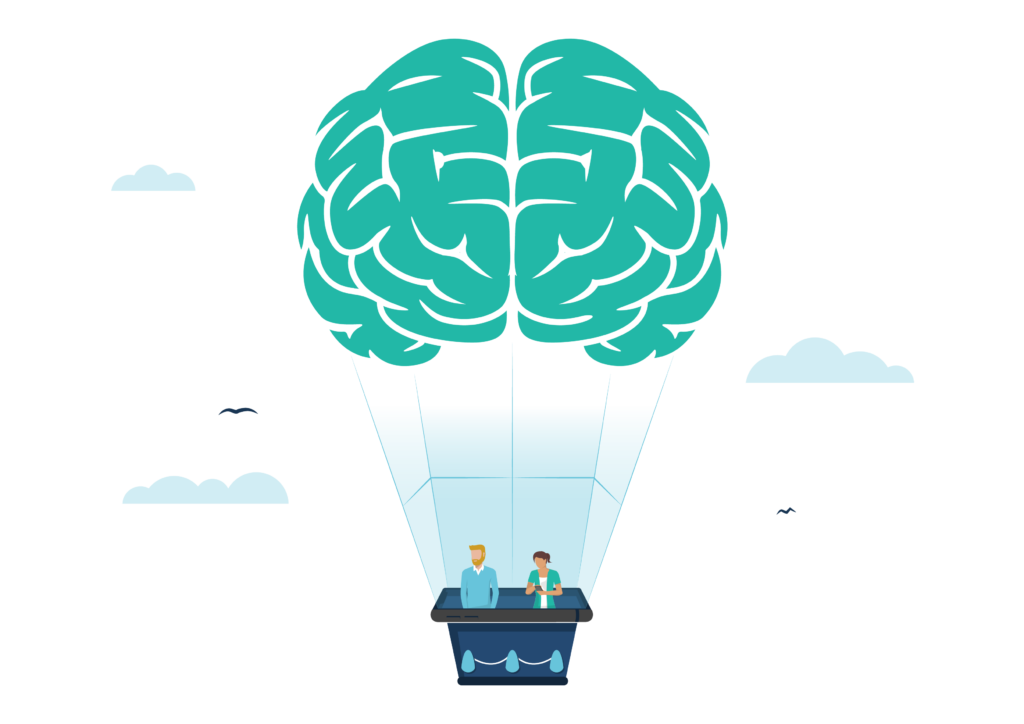
Let’s use an analogy to demonstrate. Imagine your brain is a computer. Your working memory, where you hold and manipulate information, is like your computer’s RAM. It’s powerful, but limited. You can only keep so many tabs open at once.
In fact, research suggests that we can only hold seven pieces of information (give or take a couple) in our short-term memories at any given moment. In other words, we can’t juggle multiple complex tasks at once without dropping the ball.
For example, if you’re trying to solve a complex maths problem, your brain is doing multiple things at once. It’s holding the numbers, considering the steps of the formula, and processing the rules of arithmetic. Oftentimes, your ‘RAM’ or your working memory can become overburdened.
At this stage, you’re in a state of cognitive overload, where your brain is overwhelmed and will struggle to process any more information. Fortunately, there is a simple and effective way to overcome this problem.
However, before we move on, it’s important to note that this doesn’t mean we should avoid all difficulty. On the contrary, research shows that a certain level of challenge is essential for deep learning. As the Zone of Proximal Development shows, the best learning happens when a task is challenging, but not overwhelming.
Likewise, psychologists Robert and Elizabeth Bjork coined the term ‘desirable difficulties’ to describe learning strategies that feel harder in the moment, but lead to better long-term retention (like space repetition, for instance). This shows us that the goal isn’t to simplify learning content — it’s to manage the load we place on our brains.
What is Cognitive Offloading?
Cognitive offloading is the practice of using external tools or approaches to reduce the mental effort it takes to perform a task. In other words, you’re taking an action that’s clogging up your precious mental RAM and outsourcing it to the world around you.
This isn’t a new or complex idea. In fact, it’s probably something you do every day. For instance:
- Writing a shopping list instead of trying to remember all the items.
- Using a calculator instead of performing complex calculations in your head.
- Setting a calendar reminder instead of hoping you remember an appointment.
- Using a GPS to navigate instead of mentally tracking a new route.
- Taking notes instead of trying to recall everything the speaker says.
In each case, you’re not being lazy. You’re being efficient. You’re transferring the burden of storage or computation onto an external tool. In turn, this helps to free up your brain’s limited resources for higher order tasks like analysis, evaluation, and creation.
In a learning context, this isn’t about ‘dumbing down’ the material. You’re simply making learning more effective by removing pointless friction. And isn’t that something we should all be striving for?
The Science of Learning
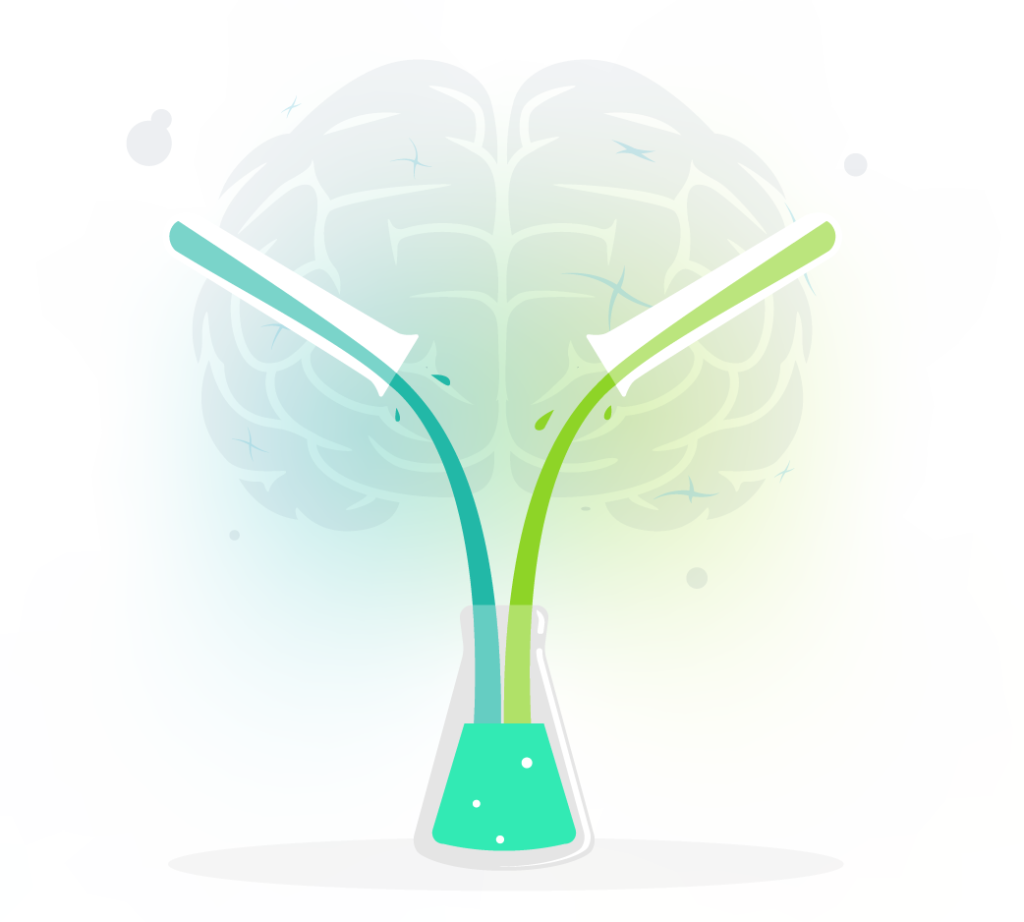
We tend to glorify the payoff of hard work, but rarely the effort and endeavour that went into achieving it. Naturally, this outcome-focused approach often makes it difficult to get started. After all, the effort paradox tells us that the more application a task requires, the less appealing it becomes.
BJ Fogg, the man behind the Fogg Behavior Model, notes that while motivation is often seen as the primary driver of behaviour, it’s also highly unreliable. Instead, he advocates for focusing on ability and making the behaviour as undemanding as possible. In doing so, you effectively bypass any need for willpower.
This brings us neatly to Cognitive Load Theory (CLT), a framework developed by John Sweller in the 1980s. It helps us understand the limitations of our working memory and reveals why cognitive offloading is so effective.
CLT suggests that our ability to process (and retain) new information is tied to the level of mental effort required, or the ‘cognitive load’. When this load gets too heavy, our capacity for learning dwindles.
According to Sweller’s framework, there are three different types of cognitive load:
- Intrinsic Load: This is how difficult the subject matter is itself. For example, learning how to parallel park is considerably more complex than simply using a turn signal. While this load cannot be changed, it can be effectively managed.
- Extraneous Load: This is any unnecessary mental effort that gets in the way of real learning. It’s often caused by poor instructional design, confusing interfaces, or other distractions. High extraneous load makes learning both inefficient and frustrating.
- Germane Load: This is the mental effort we dedicate to making sense of information. For instance, germane load occurs when our brains actively build new connections, weave information into existing knowledge, and create lasting mental models. It’s the deep thinking that leads to true retention.
Our goal as learning professionals is now obvious. We must design to minimise extraneous load and free up our learners’ working memory. This allows them to fully engage with the intrinsic load of the content, while maximising their capacity for germane load. That’s a win-win!
This approach works. It’s why microlearning is so effective. There’s also a good deal of research that shows that designing instruction based on CLT improves both neurocognitive engagement and problem-solving efficiency. It also improves decision making and reduces errors in high-demand tasks.
How to Offload: Practical Strategies for L&D
In essence, cognitive offloading is the practical application of Cognitive Load Theory. It’s the set of design choices we make to deliberately manage our learners’ mental load. With this in mind, here are a few practical strategies for designing learning experiences that facilitate this process.
1. Offloading Navigation:
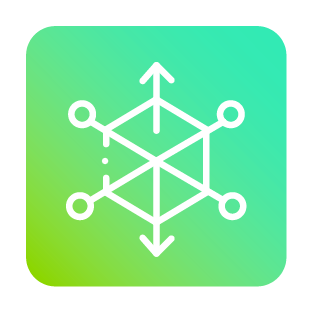
All too often, learners waste precious mental energy trying to navigate their learning environments, whether that happens to be a classroom or their learning management system (LMS).
Questions like ‘where’s the next button?’ or ‘where can I find the example?’ are not part of the learning process. They are pure extraneous load. However, the good news is you can eliminate this friction entirely:
- Signpost & Test: Ensure your learning platform is easy to navigate by using clear and consistent terminology. Then validate the design with your target audience.
- Standardise Navigation: Use consistent placement for buttons like ‘Next’, ‘Back’ and ‘Menu’ across all your modules and your learning platform.
- Use Progress Bars: This game mechanic helps learners to understand where they are in their journey, without them having to think.
2. Offloading Information:
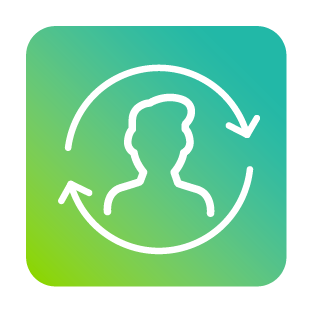
Try not to expect too much of your learners at once. Remember, a good learning objective is a focused learning objective. In other words, don’t ask your audience to memorise facts while also applying them to a complex new scenario.
Instead, use the following approaches to help offload the information so learners can channel their energy onto the task at hand:
- Learning in the Flow of Work: Where possible, embed job aids and clickable reference materials directly within the task or activity.
- Facilitate Note-Taking: Provide a fill-in-the-blanks worksheet during a webinar or a template for a mind map. This helps learners to organise their thoughts in the moment.
- Share Summaries: Before a scenario, provide a brief recap of the essential information they’ll need. This ensures the key details remain top of mind.
- Use Powerful Visuals: A well-designed diagram, chart, or infographic can convey complex relationships and processes more efficiently than a long block of text.
3. Offloading Procedure
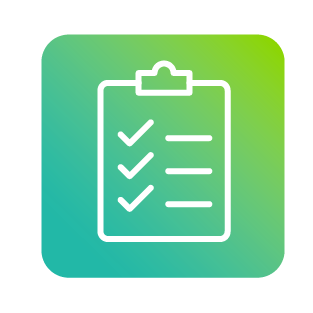
If you’ve ever tried to assemble a piece of IKEA furniture, you know that a complex, multi-step process can feel overwhelming. It’s difficult to remember step three while focusing on step one. Luckily, a few simple tricks can make a world of difference:
- Use Interactive Wizards: Break down existing processes into step-by-step guides where the learner focuses on one decision at a time. The system should manage the sequence so the learner doesn’t have to.
- Leverage Your Levels: Design clear learning pathways that make the next step obvious, so your audience doesn’t have to think about their next learning activity.
- Reward the Right Actions: Think about the steps you want your learners to take. Reward them with experience points (XP) and badges that confirm they’re on the right track.
4. Offloading Collaboration
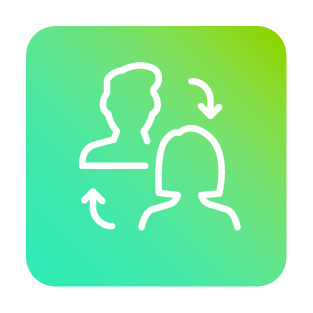
Effective communication and collaboration are fantastic ways to reduce extraneous load and build useful connections. But sometimes, simply figuring out who to ask for help or where to find a resource can be a task in itself.
Thankfully, this type of collaboration can also be offloaded:
- Expert Access: Give your learners easy access to the subject matter experts (SMEs) within your organisation. Consider including a directory within your learning platform.
- Simple Search: Make sure your content is properly tagged, comes with clear descriptions, and that your learning system has a powerful search function.
- Smart Chatbots: Add an AI-powered chatbot to your learning system that can answer questions instantly, offloading the need to speak to other colleagues.
General Cognitive Offloading Tips
By implementing the tips above, you’ll offload key processes and stop asking your learners’ brains to do double-duty. However, we can also apply cognitive offloading at an even deeper level: within your content itself.
With this in mind, here are our tips for minimising mental friction within your instructional materials:
- Make it Micro: There’s a reason why many people prefer a quick YouTube video or a short podcast to starting a new 6-season show. Microlearning is easier to embrace and quicker to complete. What’s more, studies show that this approach can boost knowledge retention by as much as 20%, by delivering information in easily digestible chunks.
- Provide Worked Examples: According to the ‘worked example effect’, learners who are given solved problems with each step explained perform better than those who solve problems on their own. This is because unguided problem-solving places a heavy and unnecessary burden on our working memories.
- Avoid Splitting Attention: The ‘split attention effect’ happens when learners have to divide their focus between two or more sources of information to understand a single concept. For example, looking back and forth between a diagram and a block of text can place strain on our working memory. Wherever possible, integrate relevant information so it can all be processed at once.
- Embrace Different Formats: To better integrate information, use both visual and auditory learning aids. For example, when a diagram and text are used to explain a concept, the written text can be narrated. Additionally, when a complex topic is being presented, visuals can increase the capacity of working memory and facilitate better learning.
- Reduce Redundancy: Heed this quote from John Sweller, the mastermind behind Cognitive Load Theory: “Most people assume that providing learners with information is at worst, harmless, and might be beneficial. Redundancy is anything but harmless. Providing unnecessary information can be a major reason for instructional failure.”
Final Words
The myth that learning has to be hard in order to be effective is a powerful one. But it’s also holding us back. Thankfully, by embracing the principles of cognitive offloading, we don’t just make learning more comfortable — we also make it more effective.
As we’ve seen, the goal isn’t to take the easy way out or to cheat the system. Instead, we’re taking the smart way in, by actively monitoring and managing our cognitive load. It’s only by reducing the strain on our brain that we can begin to see some real gains.
This requires removing any unnecessary friction or distractions from our learning environments. It’s up to us as learning professionals to iterate and improve our learning programmes accordingly.
If we can achieve this, our learners will be both happier and better informed. And wouldn’t that be a load off everyone’s minds?
Thanks for reading. If you’ve enjoyed this content, please connect with me here or find more articles here.
Cognitive Load Theory is just the beginning. Unlock the full spectrum of learning science with our Learning Theory Guidebook — your essential resource for evidence-based design.

